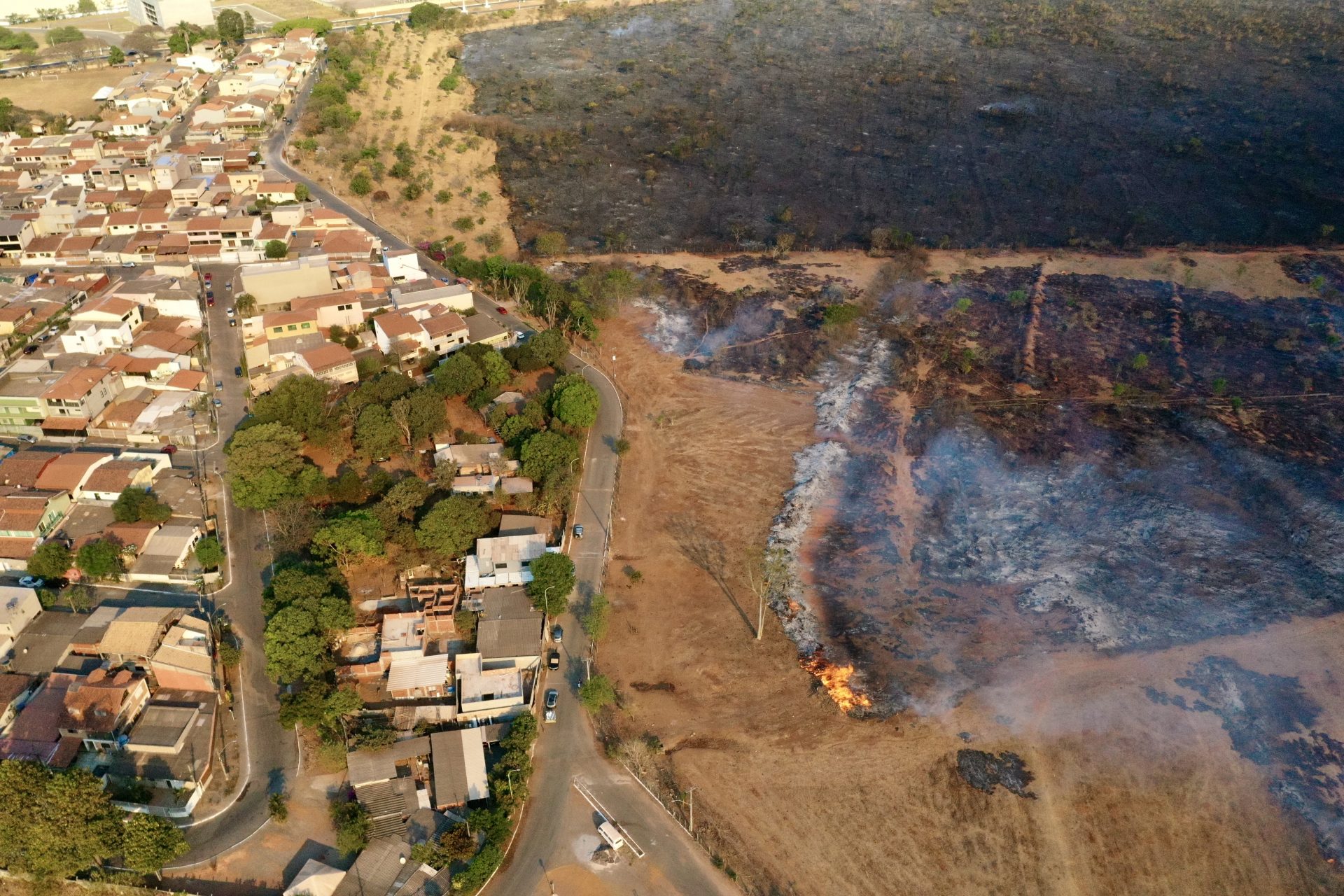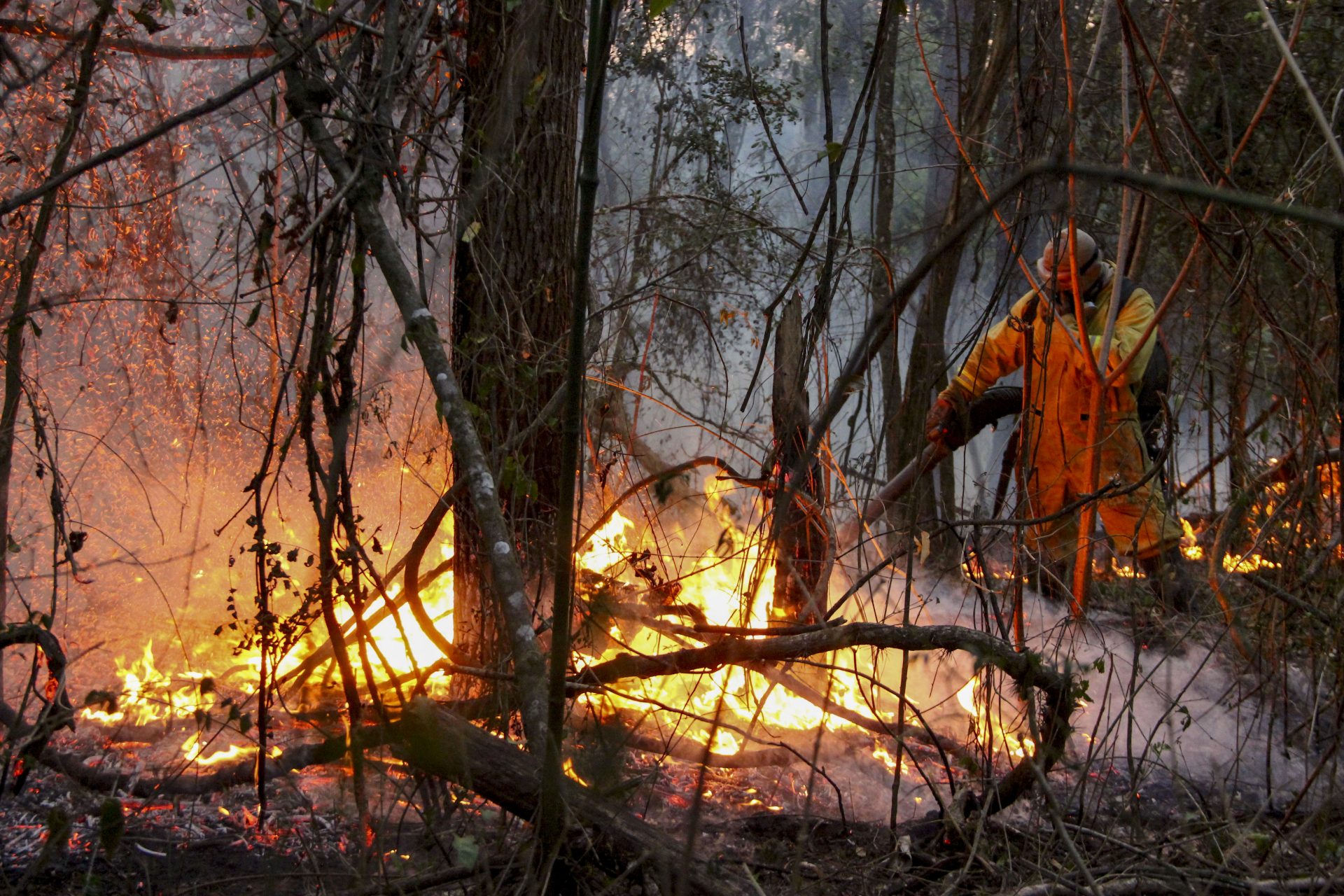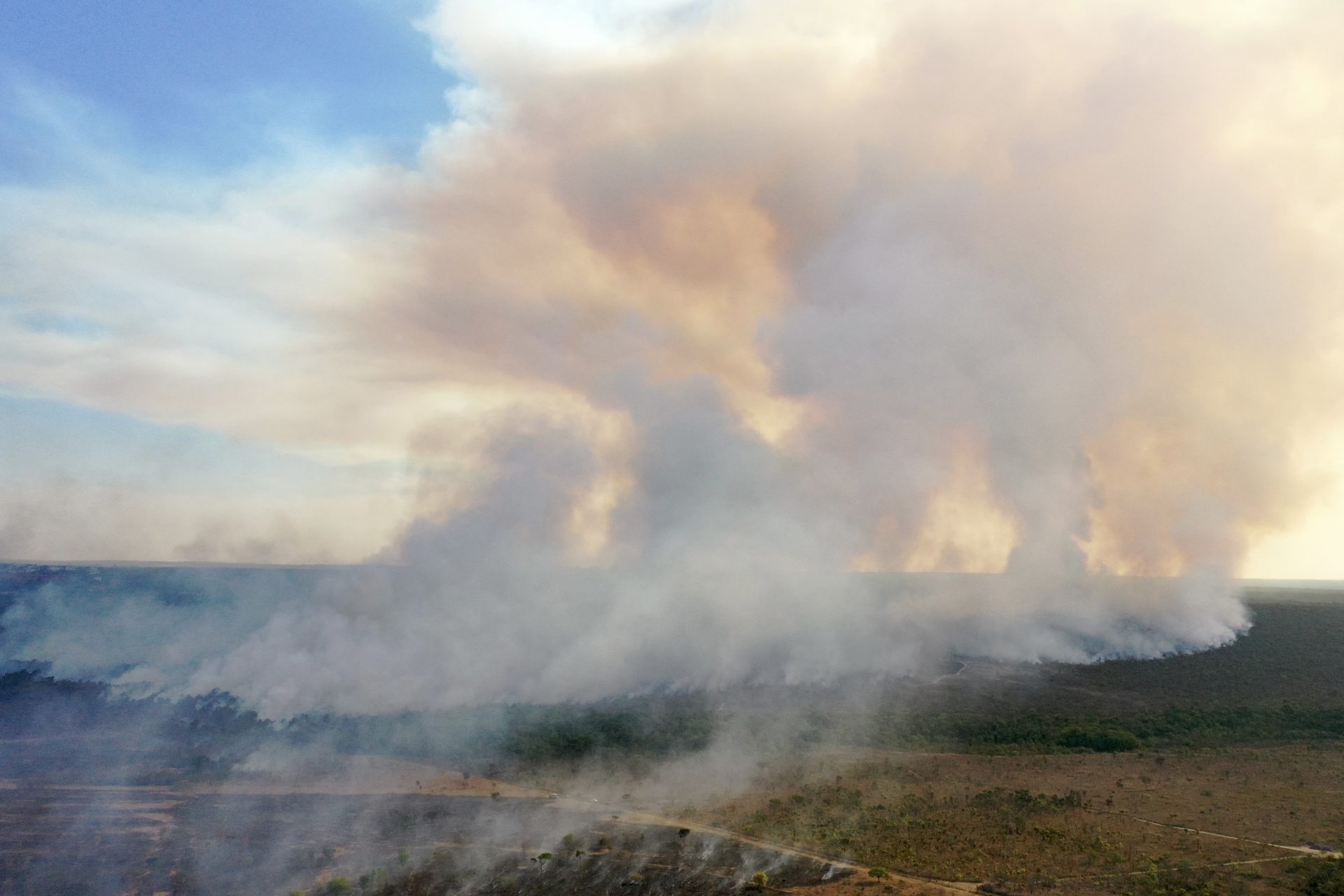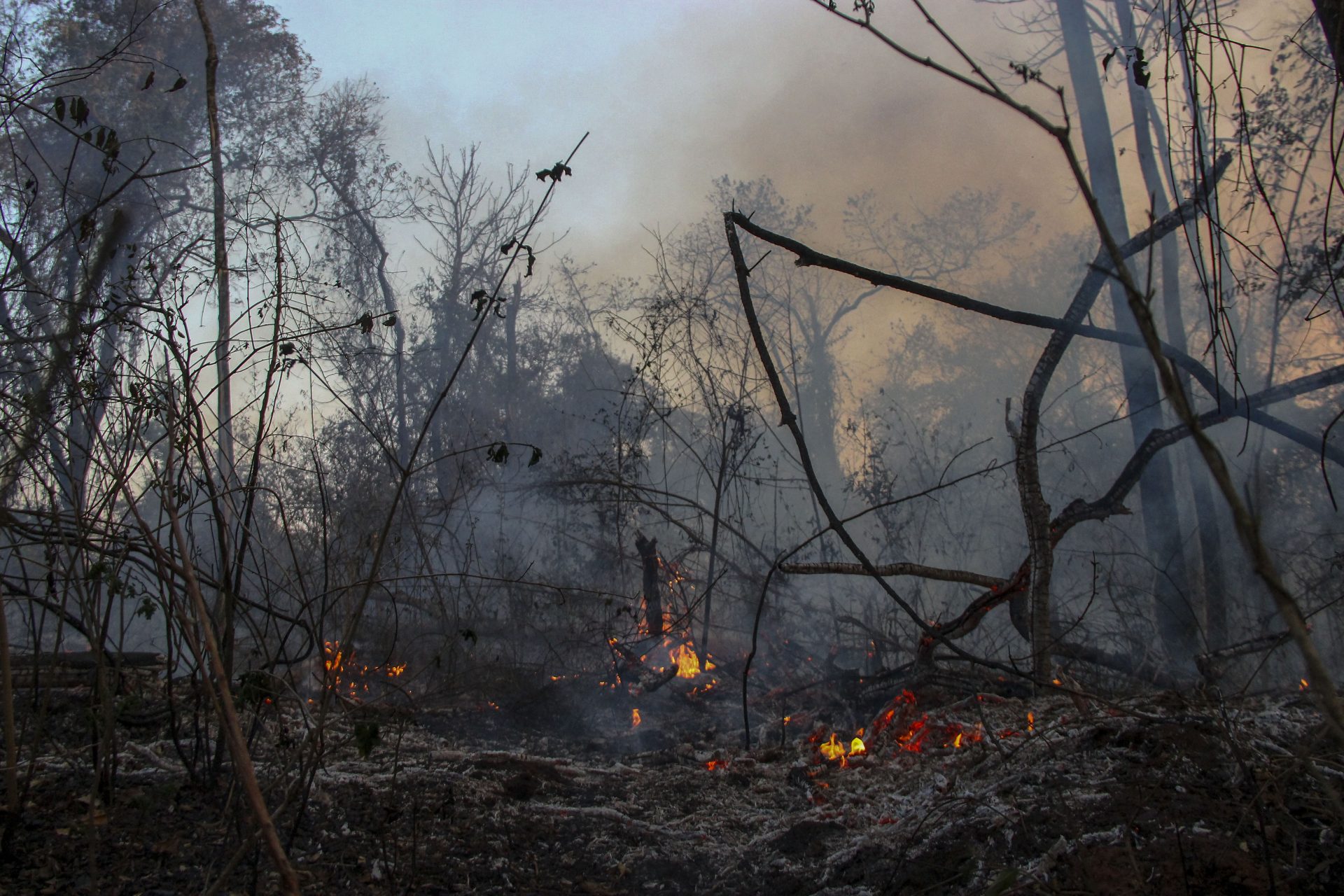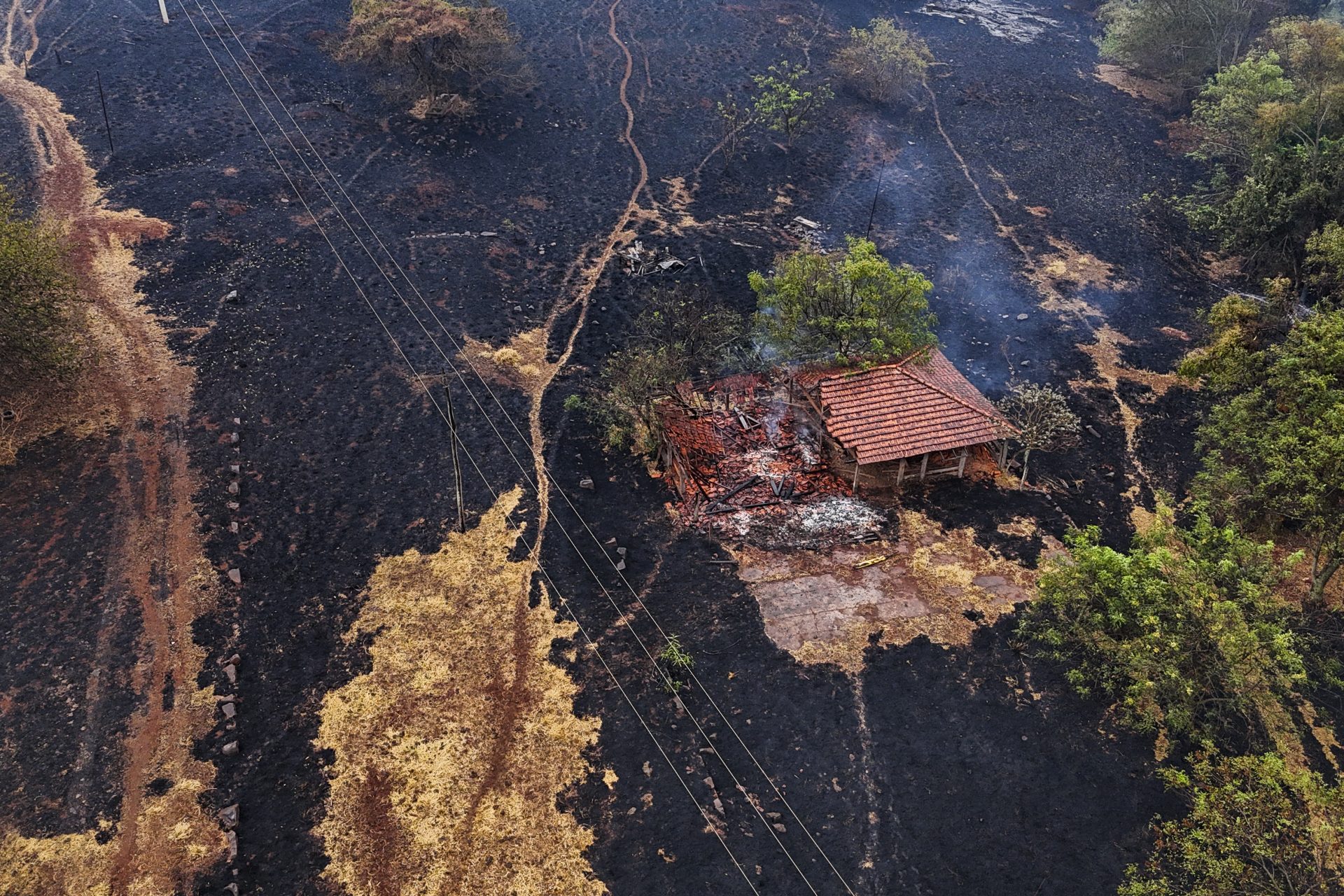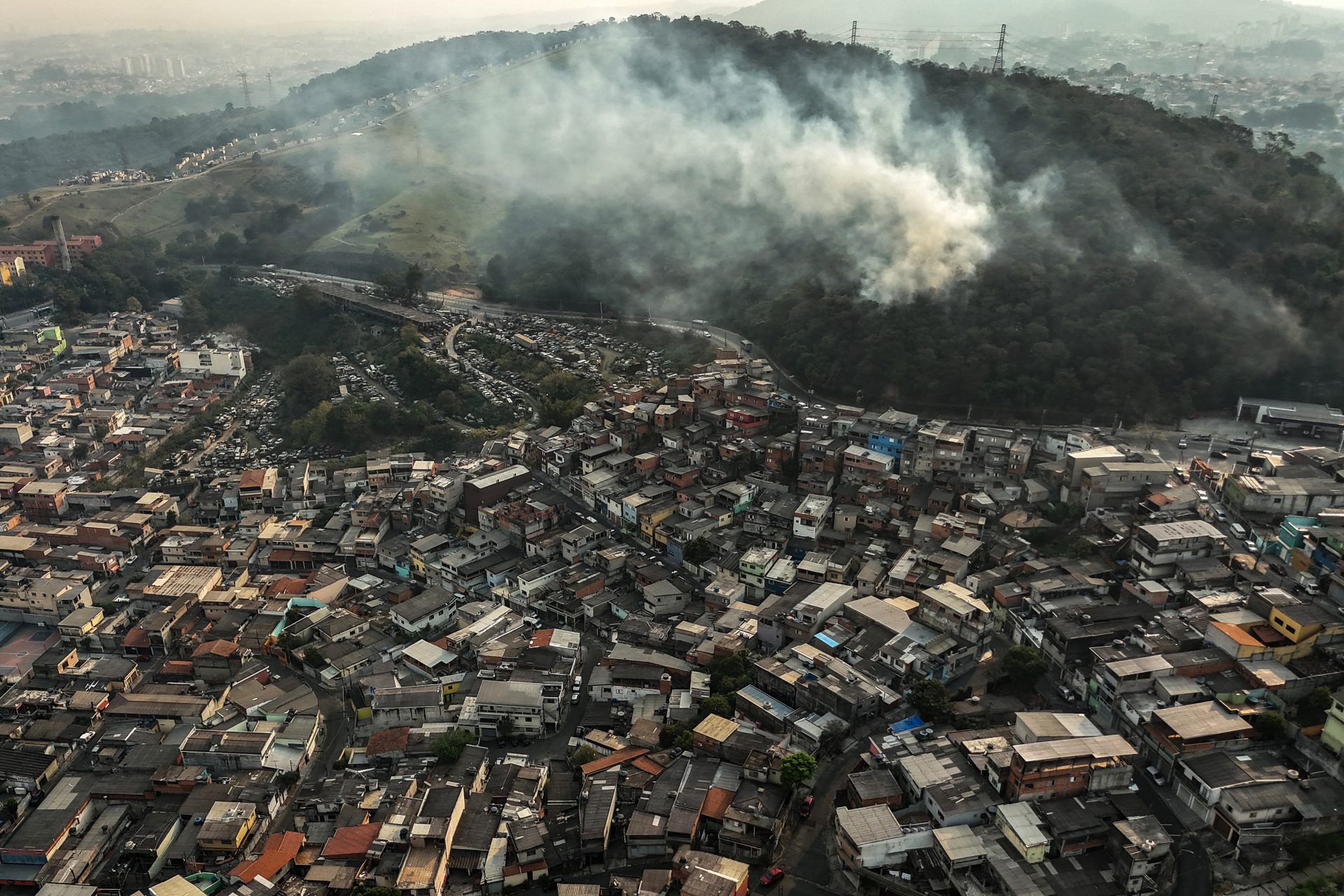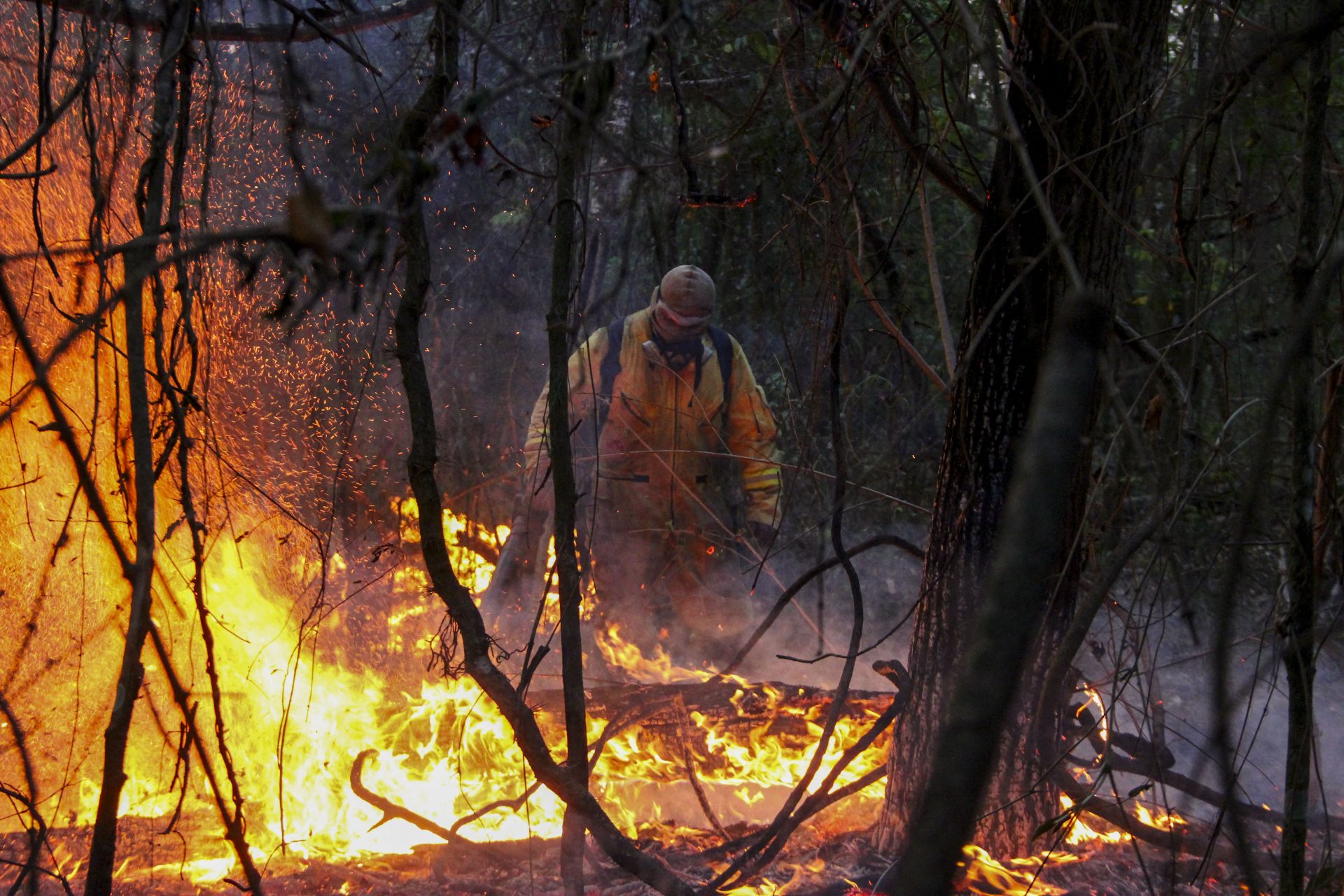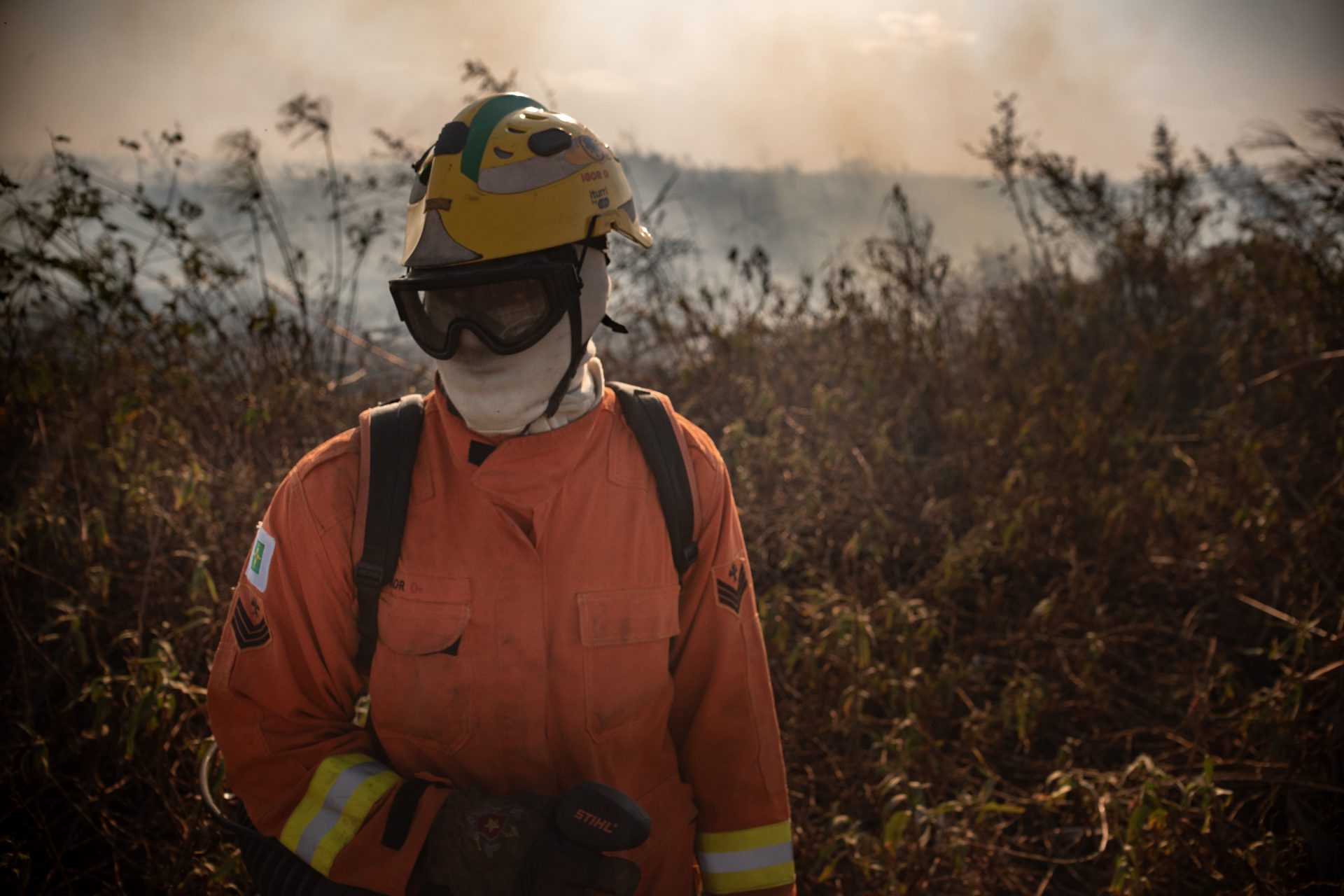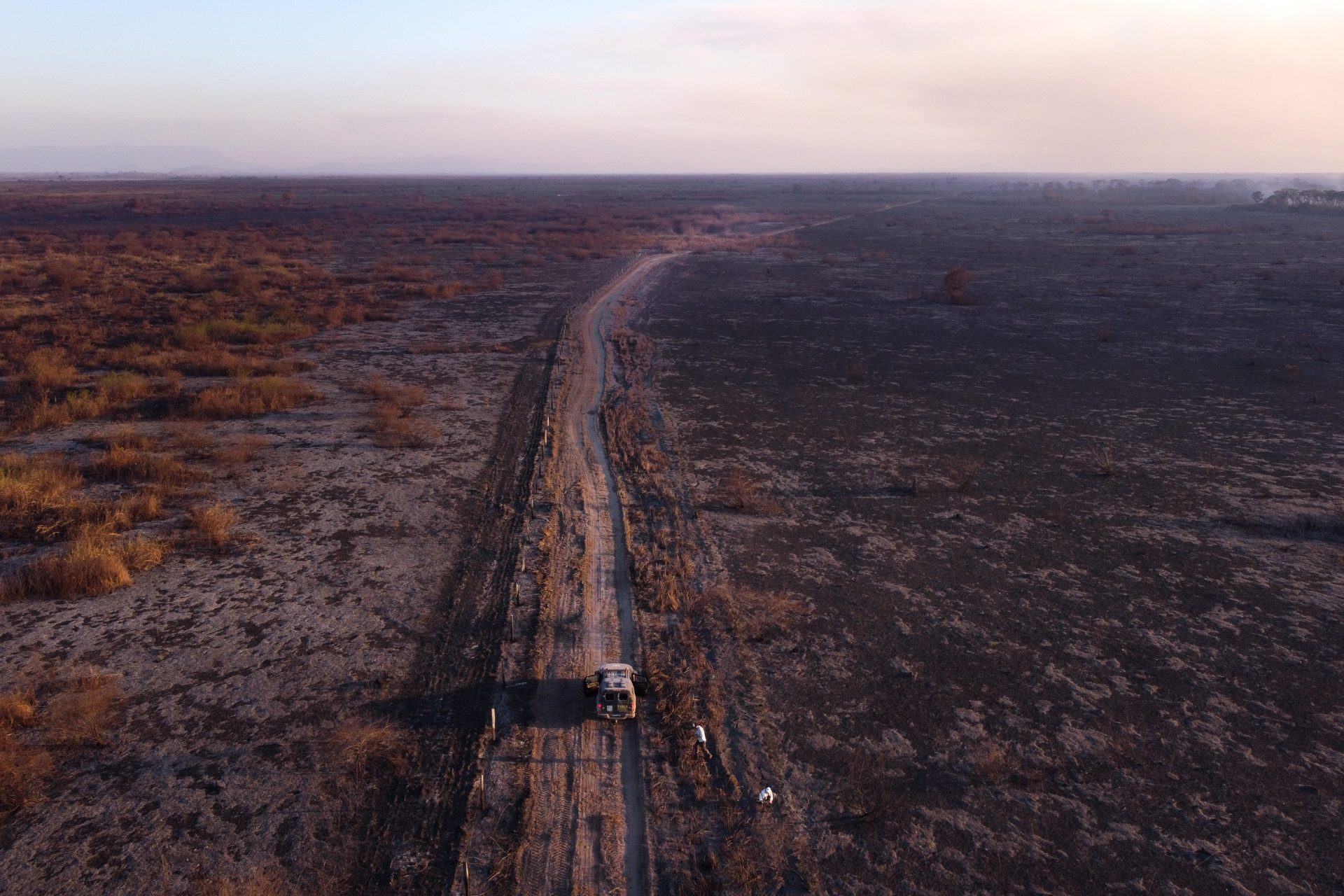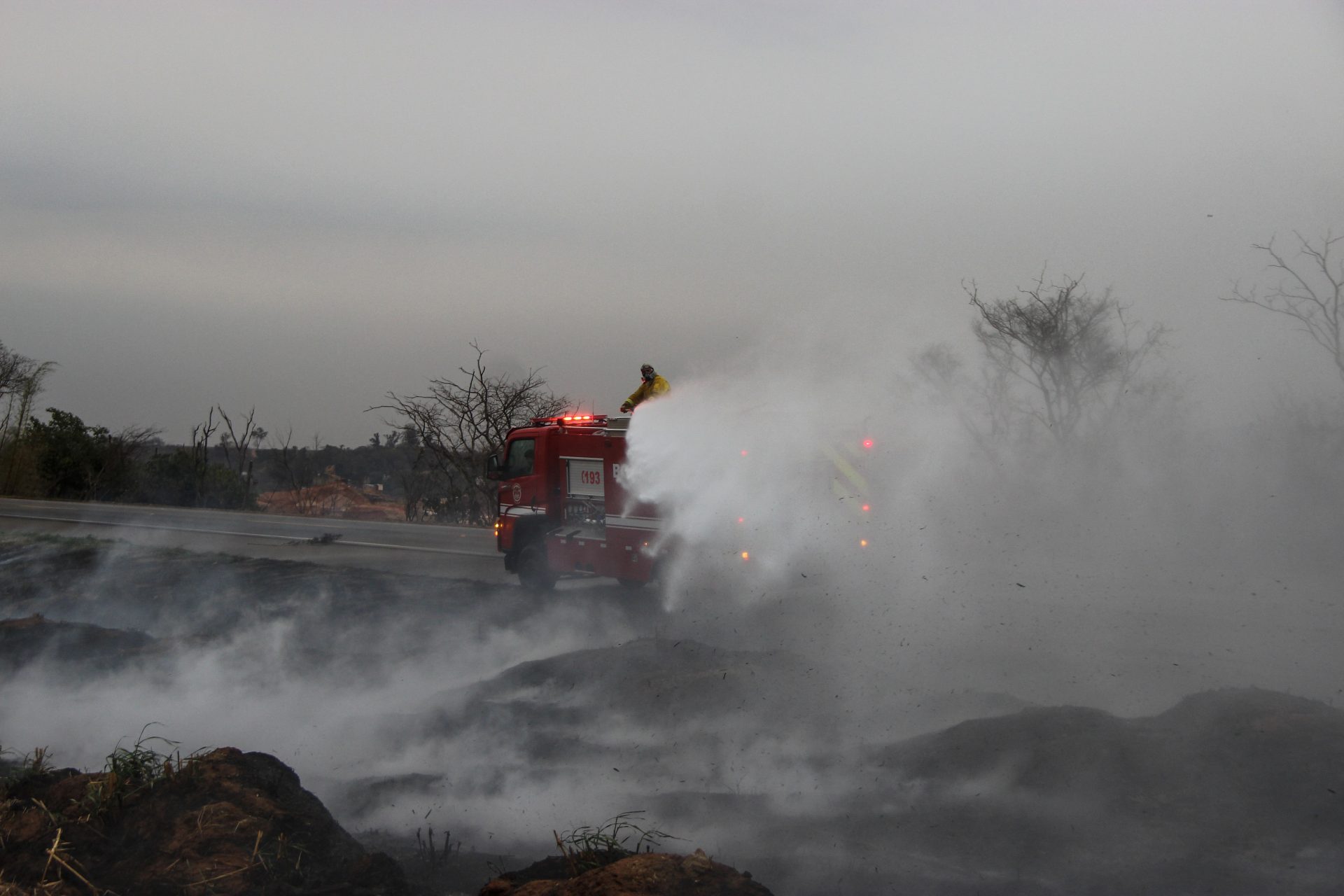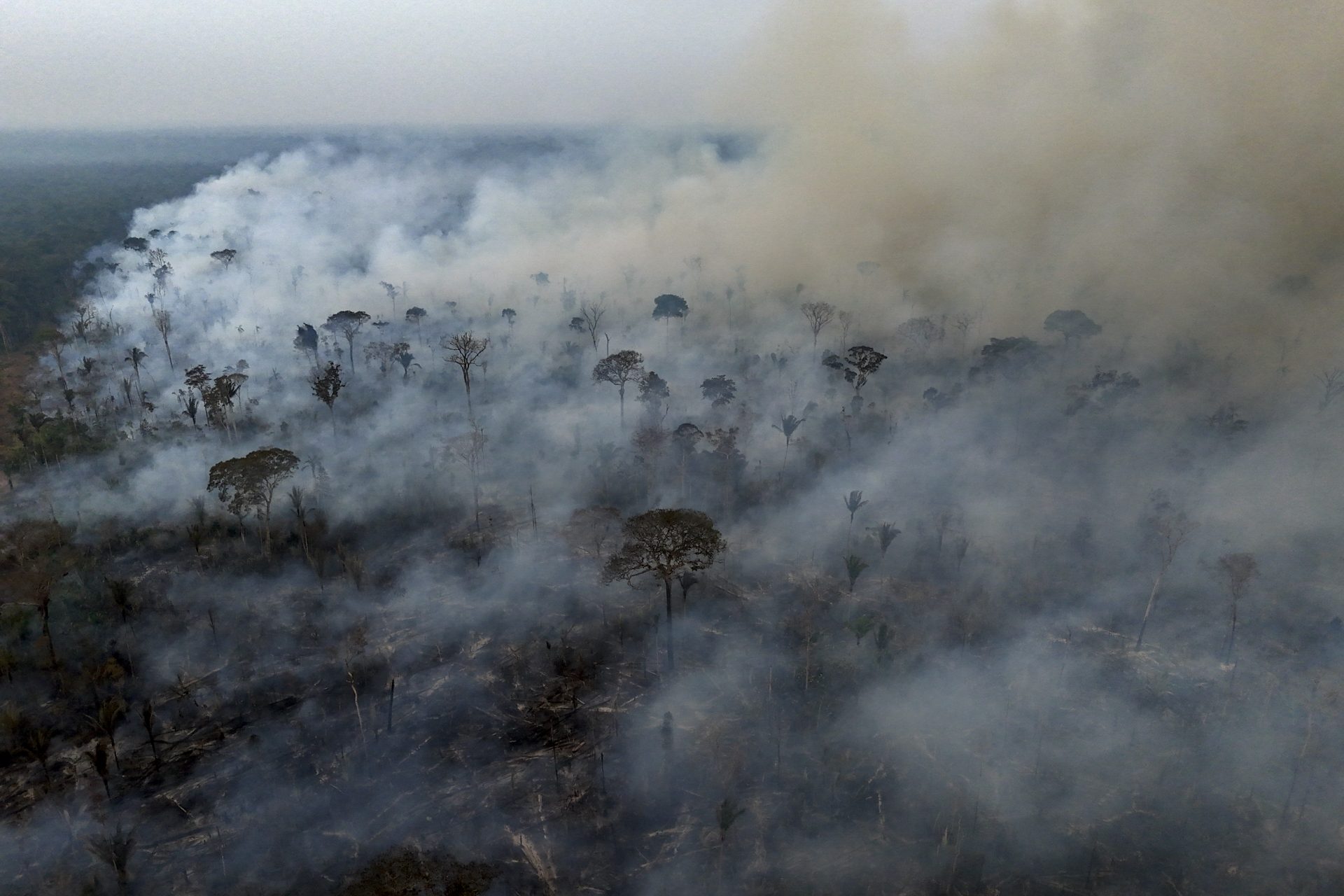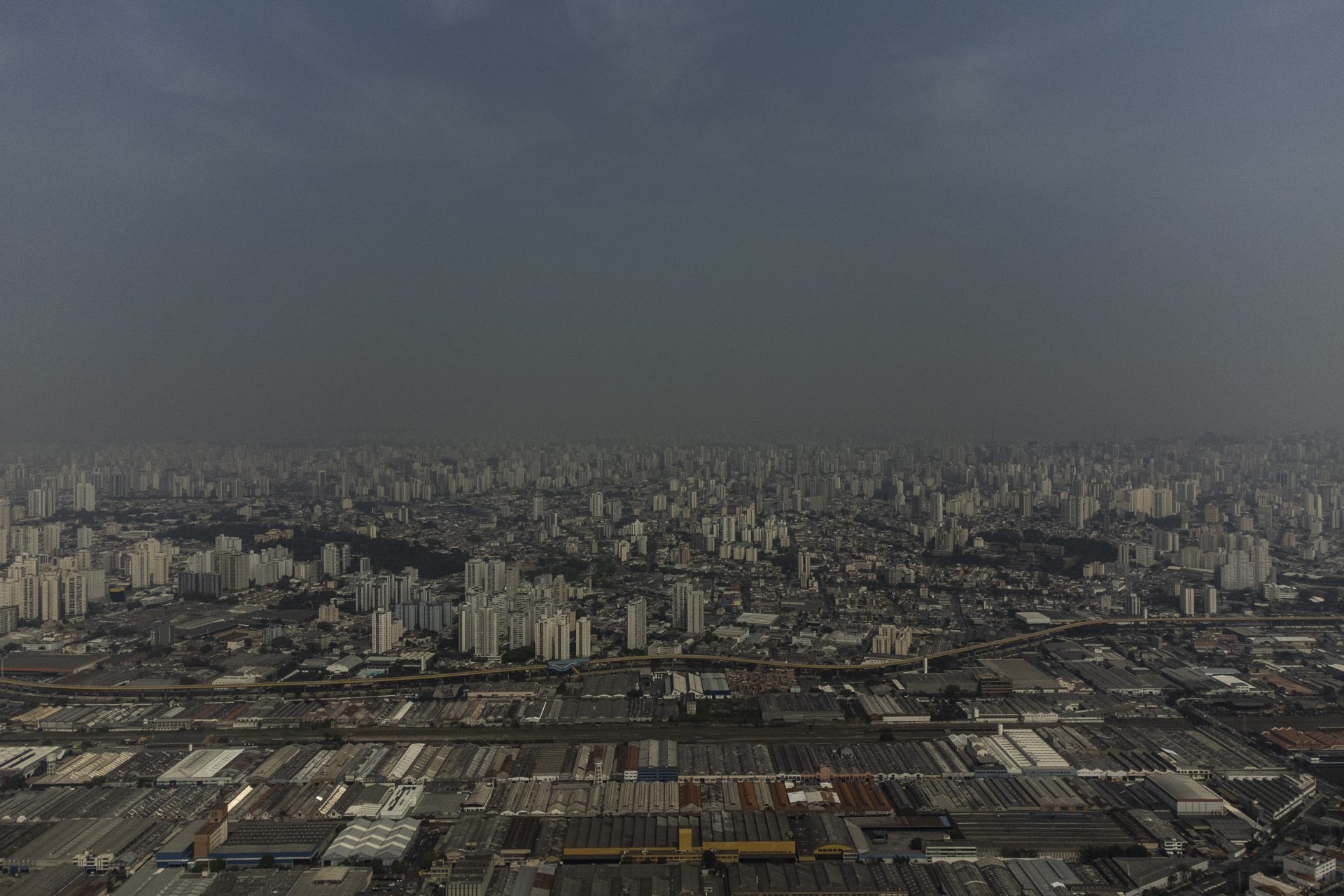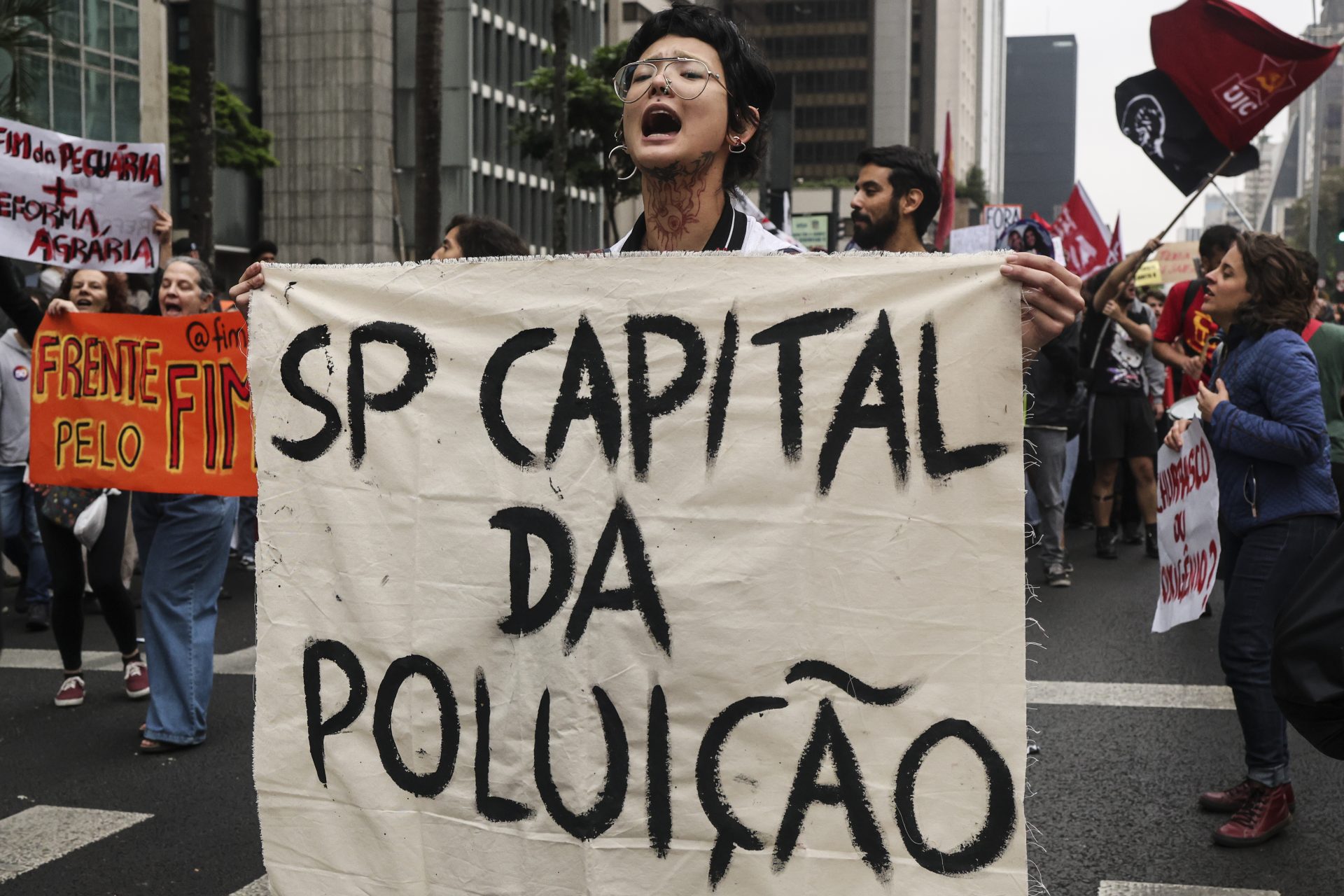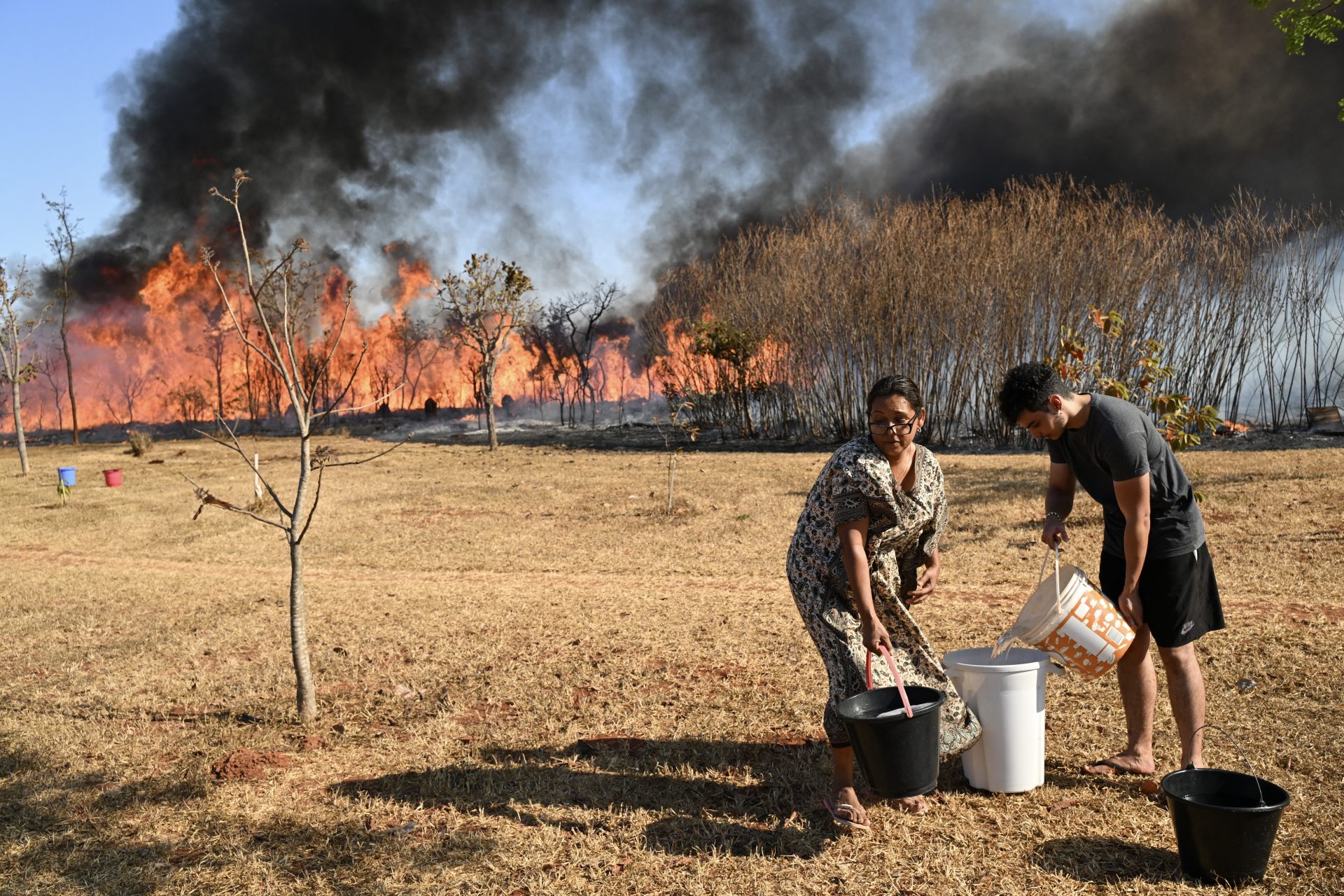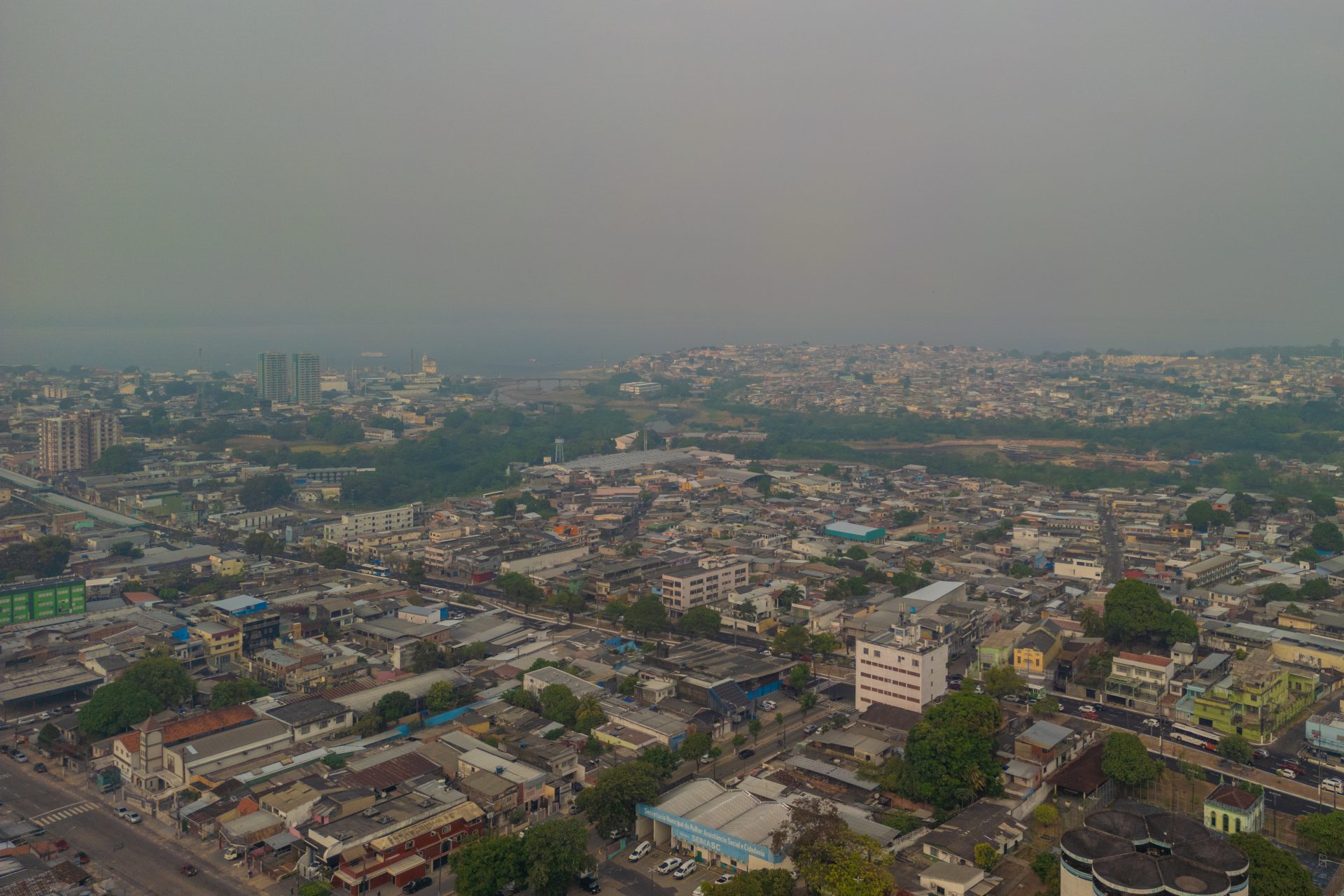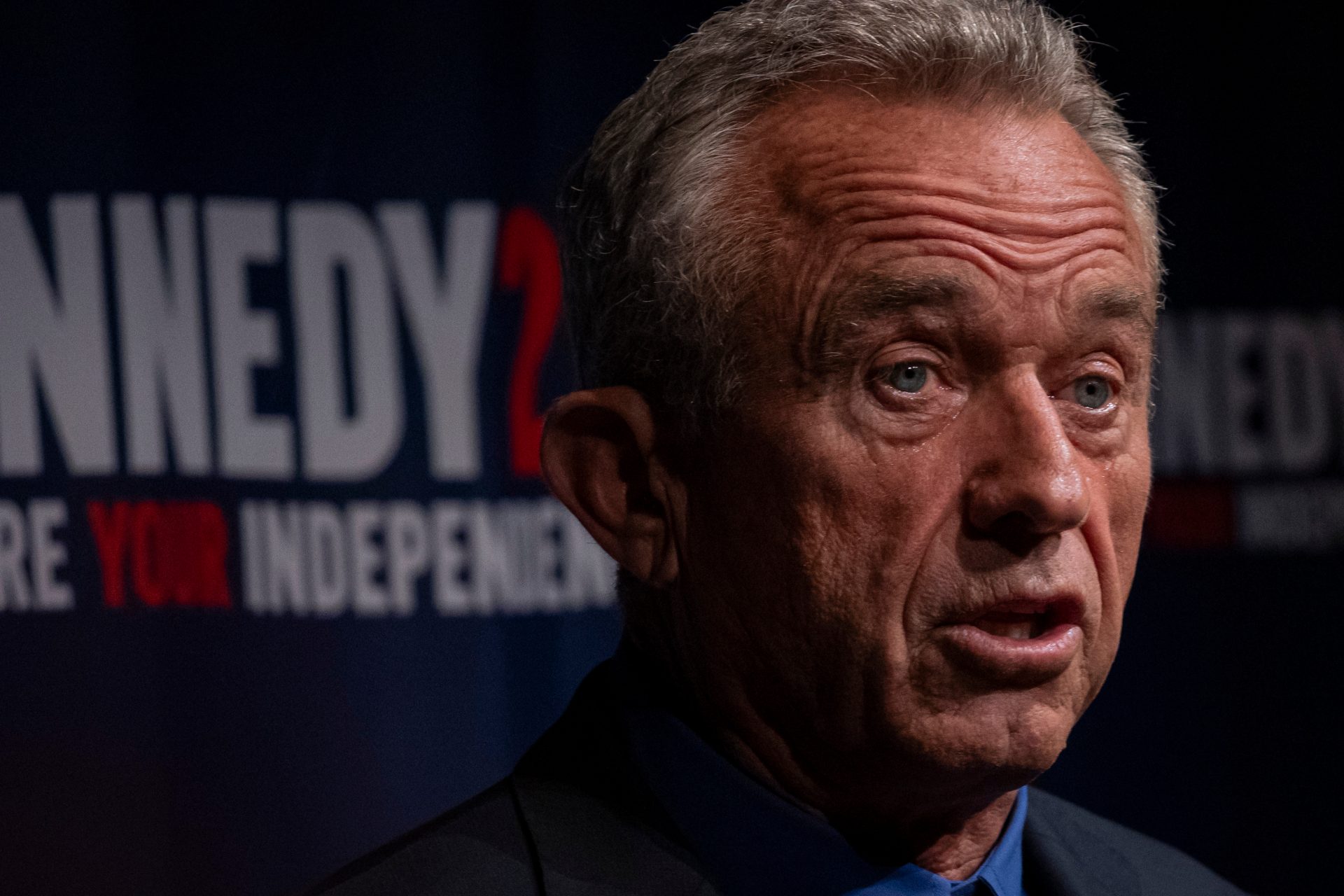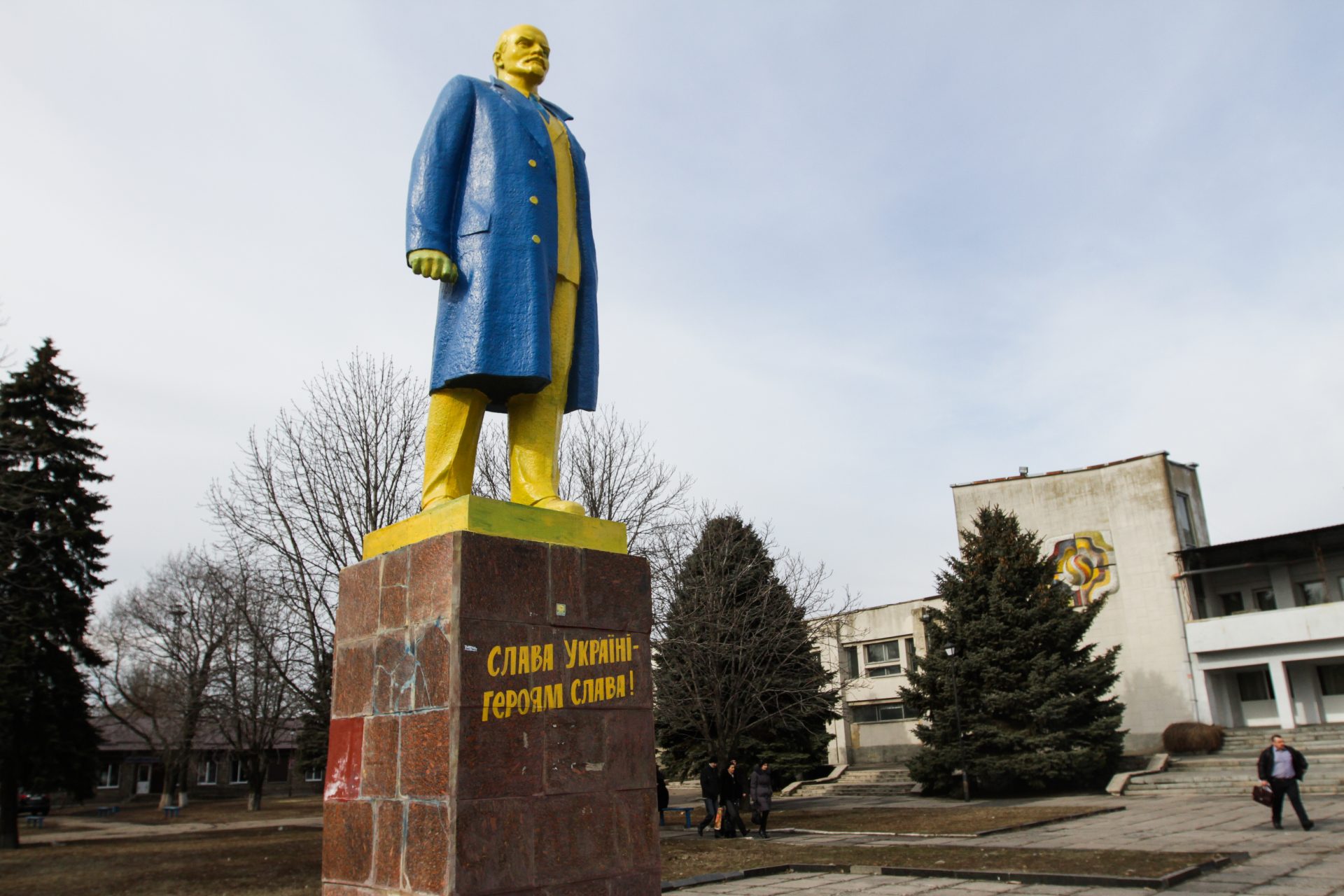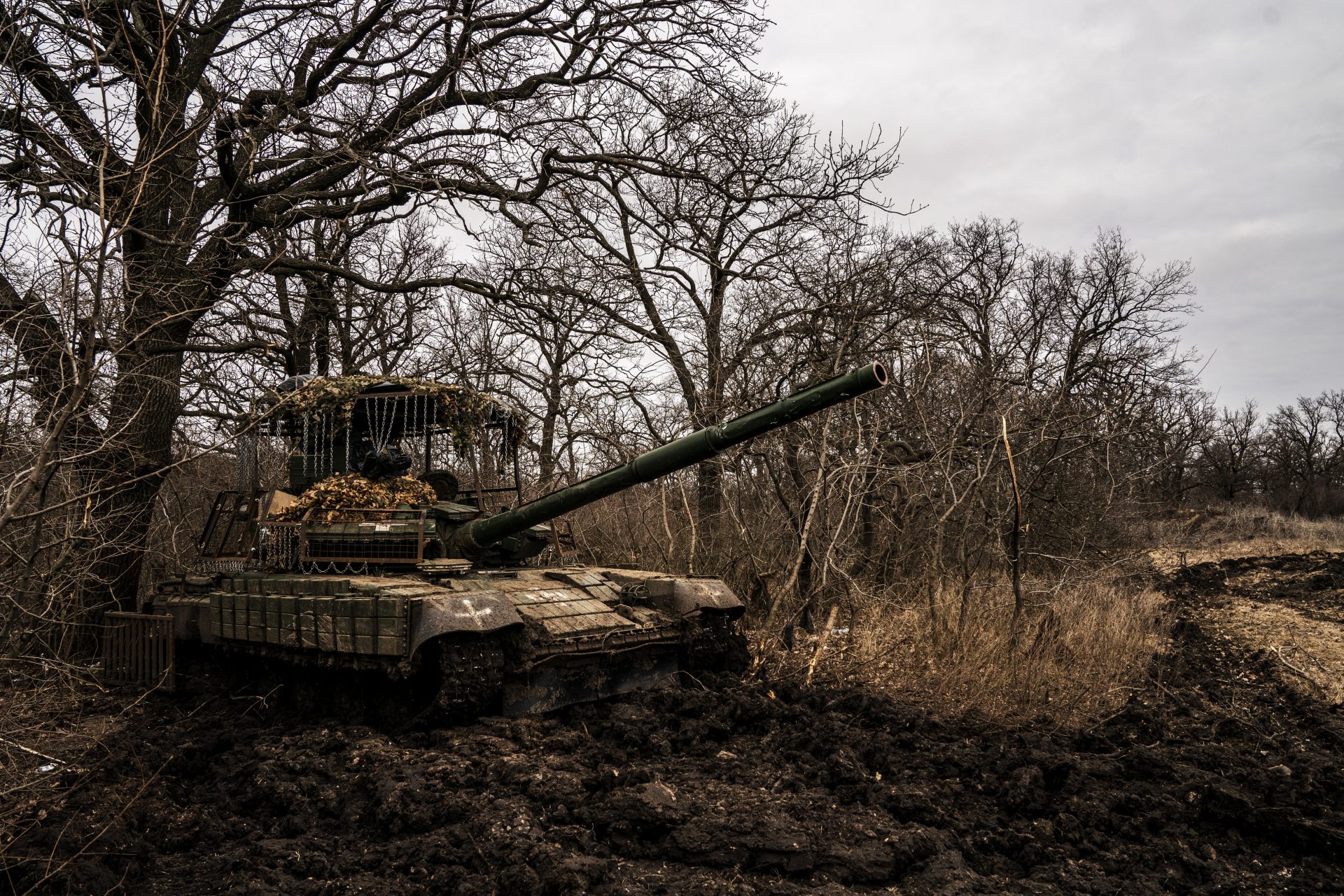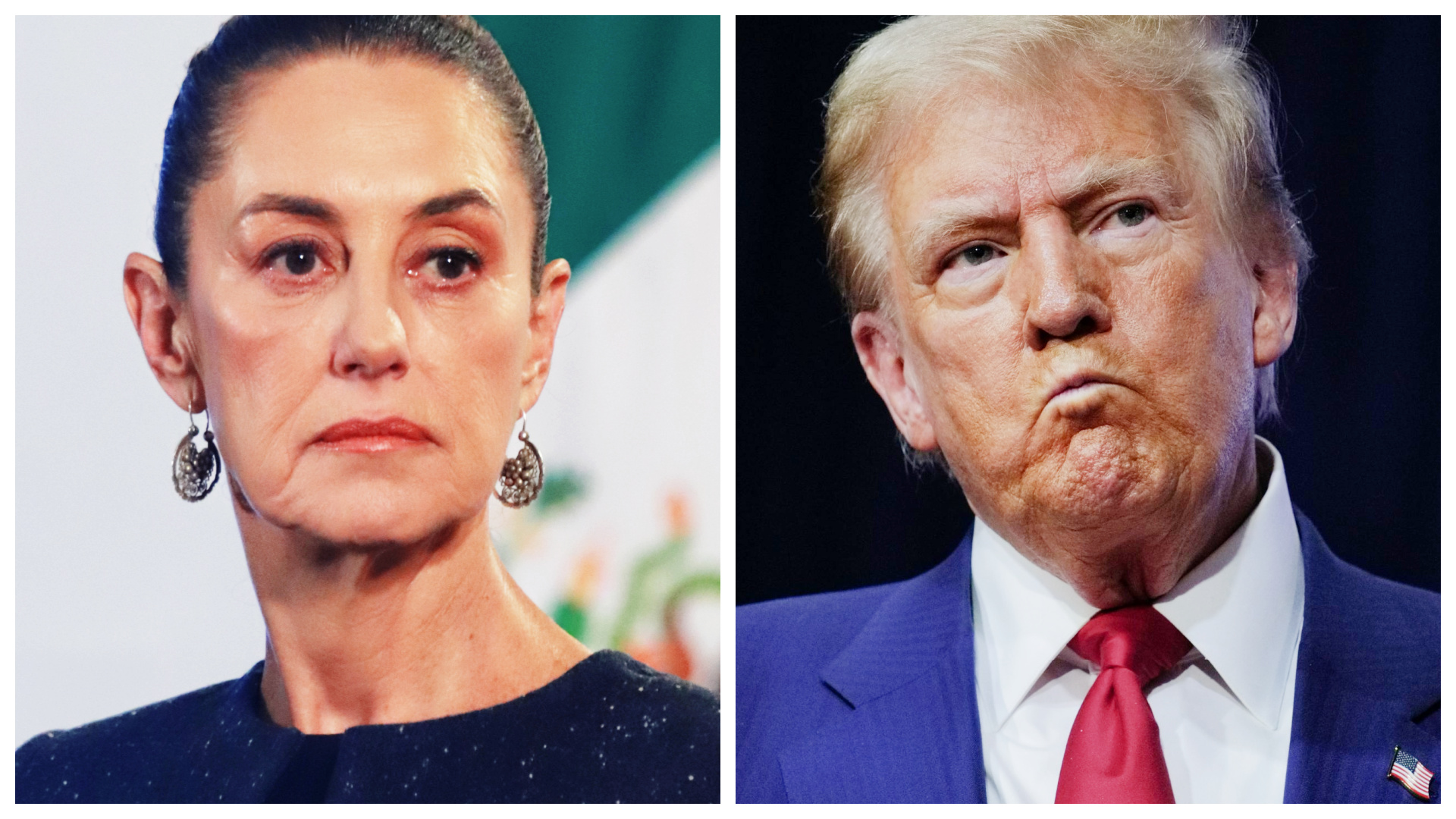True causes and consequences of the record-breaking wildfires in Brazil
The worst wildfires in Brazil's history have put authorities on alert and generated a strong debate in the country about environmental crimes and the climate crisis.
According to MapBiomas, in August 2024, the burned area in Brazil increased by 149% compared to the same month of the previous year, reaching 5.65 million hectares, equivalent to the total area of the state of Paraíba.
In addition to the drought, which helps to spread the fire, experts point to criminal actions behind this disaster.
"What is happening at the moment is that extreme weather has met extreme crime, and this crime continues to operate with impunity, especially in the Amazon," said Márcio Astrini, executive secretary of the Climate Observatory, quoted by the Brazilian newspaper O Globo.
In September, the situation worsened, as between the 12th and 13th, Brazil was responsible for 71.9% of all fires that occurred in South America.
In these two days, 7,322 fire outbreaks were recorded, according to information from the BDQueimadas system, from the National Institute for Space Research (Inpe), reported Agência Brasil.
According to the same agency, the Federal Police (PF) indicates that there are signs that some of the forest fires in the country may have been intentionally caused.
In São Paulo, the Federal Police have already found evidence of a coordinated action, reported O Globo.
The 52 investigations currently being conducted by the Federal Police seek to identify those responsible and verify whether the fires are linked to other crimes, such as money laundering and participation in criminal organizations, reported O Globo.
Environmental crimes are the third most lucrative criminal activity worldwide, generating up to 280 billion dollars per year, according to a study by the Igarapé Institute.
"Most of the fires observed in São Paulo started in agricultural areas, mainly in sugarcane plantations, which were the most affected areas in the state," said Natália Crusco, coordinator of the Atlantic Forest team at MapBiomas, quoted by the website UOL.
Since the beginning of the year, Brazil has recorded 180,137 fire outbreaks, representing 50.6% of all fires in South America. This number is 108% higher than that recorded in the same period in 2023, reported Agência Brasil.
As a result, air quality has worsened in several regions of the country. In Brasília and São Paulo, for example, citizens witnessed a sky with thick smog, formed by the dry climate and smoke from the fires.
In Sorocaba, 2,527 patients went to health centers with respiratory symptoms in the first week of September, an increase of 73% compared to last year, reported O Globo.
On September 15, 2024, protesters held a demonstration on Avenida Paulista, in downtown São Paulo, against the fires and the climate crisis in Brazil, in addition to calling for agrarian reform.
The Ministry of Health recommends increasing water intake to keep respiratory membranes moist and reducing the time of exposure to smoke, staying at home, if possible, with doors and windows closed.
“This is not the time to play, ride a bike, or jump rope. The same applies to the elderly: this is not the time to go out and do activities that are not strictly necessary,” said Agnes Soares, director of the Department of Environmental Health Surveillance and Workers’ Health, as quoted by Agência Brasil.
The expert continued: "If you need to go out, use protection, such as masks, to reduce contact with particles in the respiratory tract."
More for you
Top Stories




